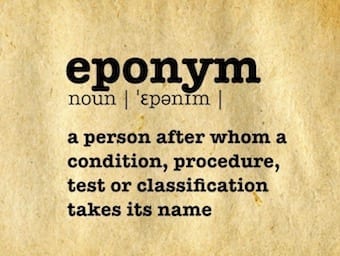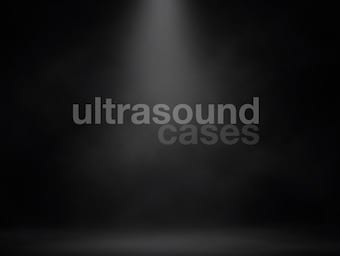
Interpretative biases
Facts do not accumulate on the blank slates of researchers' minds and data simply do not speak for themselves

Facts do not accumulate on the blank slates of researchers' minds and data simply do not speak for themselves

Funtabulously Frivolous Friday Five 103 - Just when you thought your brain could unwind on a Friday, some medical trivia FFFF.

Edmé Félix Alfred Vulpian (1826-1887) was a French neurologist.

An 18 year old man returns from a back packing trip. He has developed generalized abdominal pain, fever and vomited a couple of times. The junior doctor is concerned he has appendicitis and asks you to perform an ultrasound.

Dogma is a belief generally held to be true by a group, organisation or professional body that is put forth as authoritative without adequate grounds. Axioms are universally accepted principles or rules. Pseudoaxioms, like pseudoscience, are "false principles or rules often handed down from generation to generation of medical providers and accepted without serious challenge or investigation"

Key radiological features of small bowel obstruction are dilated bowel loops that are central, contain valvulae conniventes, and are pliable (“bent finger”).

The original definitions of sepsis and related conditions (SIRS, severe sepsis and septic shock) are now more than 20 years old (Sepsis- 1 originated from the ACCP/SCCM consensus meeting in 1991 and Sepsis 2 from 2001)

Nonresolving or Progressive Pneumonia: failure to normalize the clinical features (eg, fever, cough, sputum production), or nonresolving image in chest radiograph

REBOA is Resuscitative Endovascular Balloon Occlusion of the Aorta

Post-Traumatic Seizures (PTS) occur in ~ 15% of patients with blunt severe TBI; higher risk in children; most occur within 48 hours

Traditionally ketamine was contra-indicated for use in rapid sequence intubation of the head injured patient. This view has since been debunked. Recent evidence suggests that ketamine may actually be useful in this setting

Base of Skull Fracture: fracture involving the floor of the cranial vault